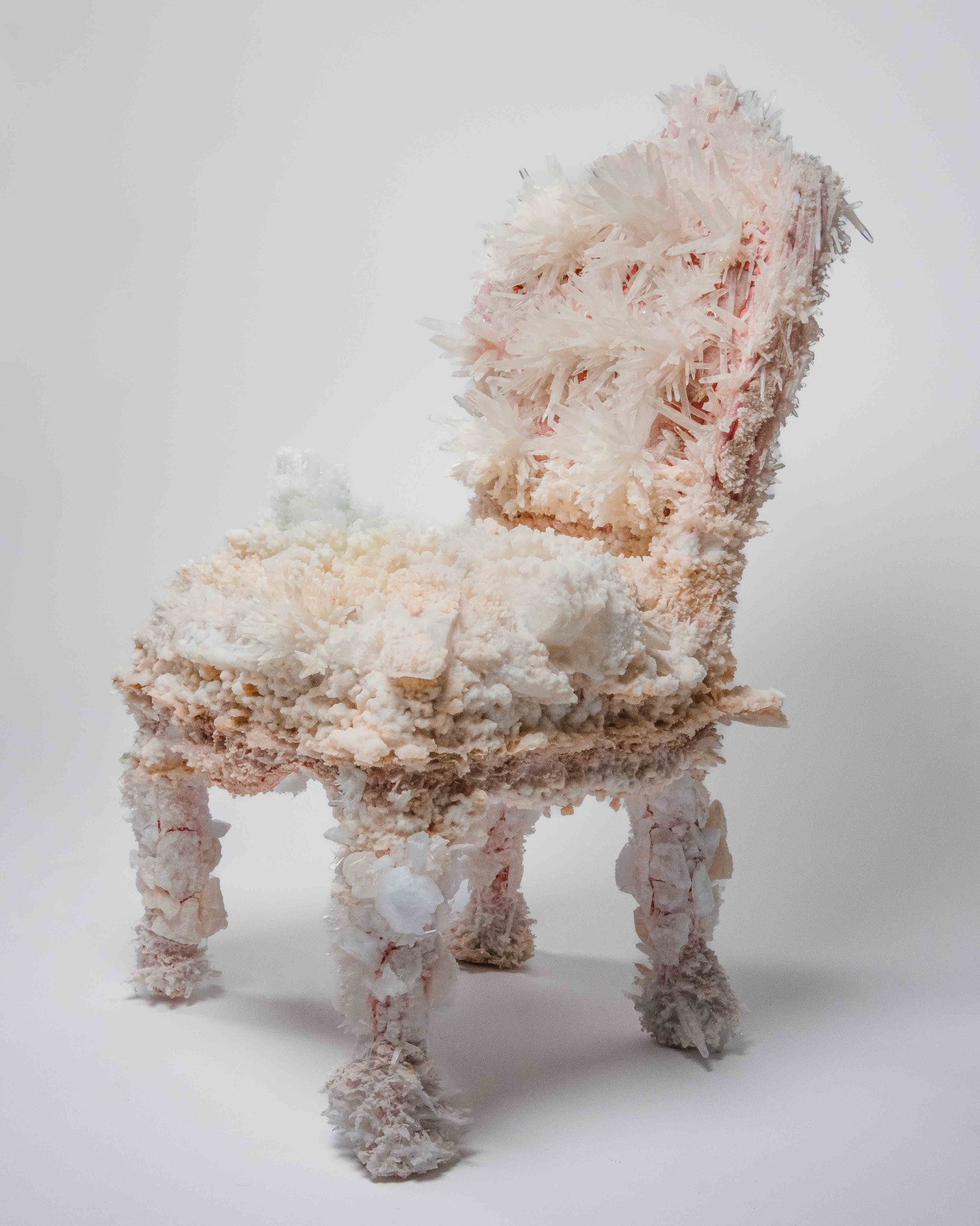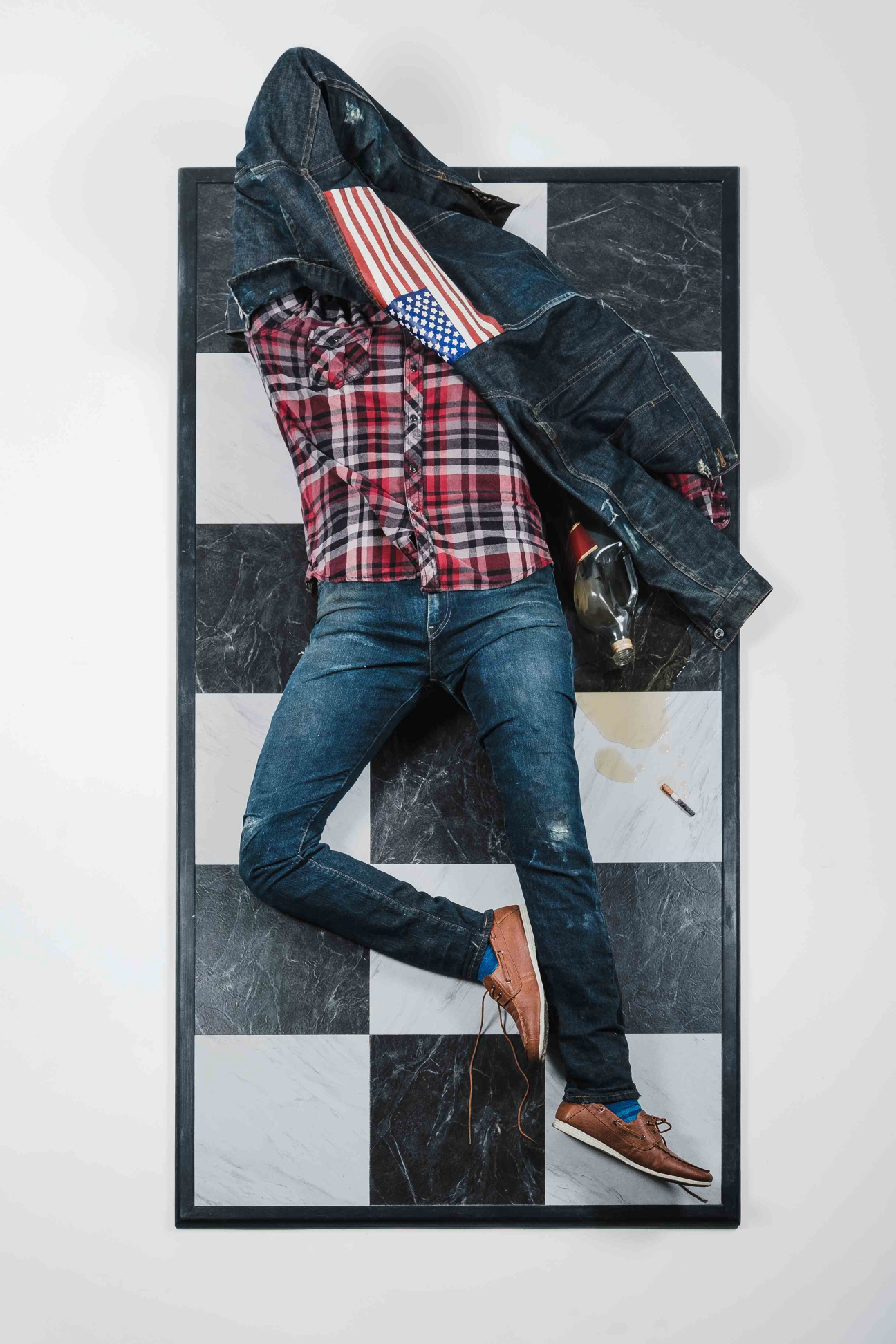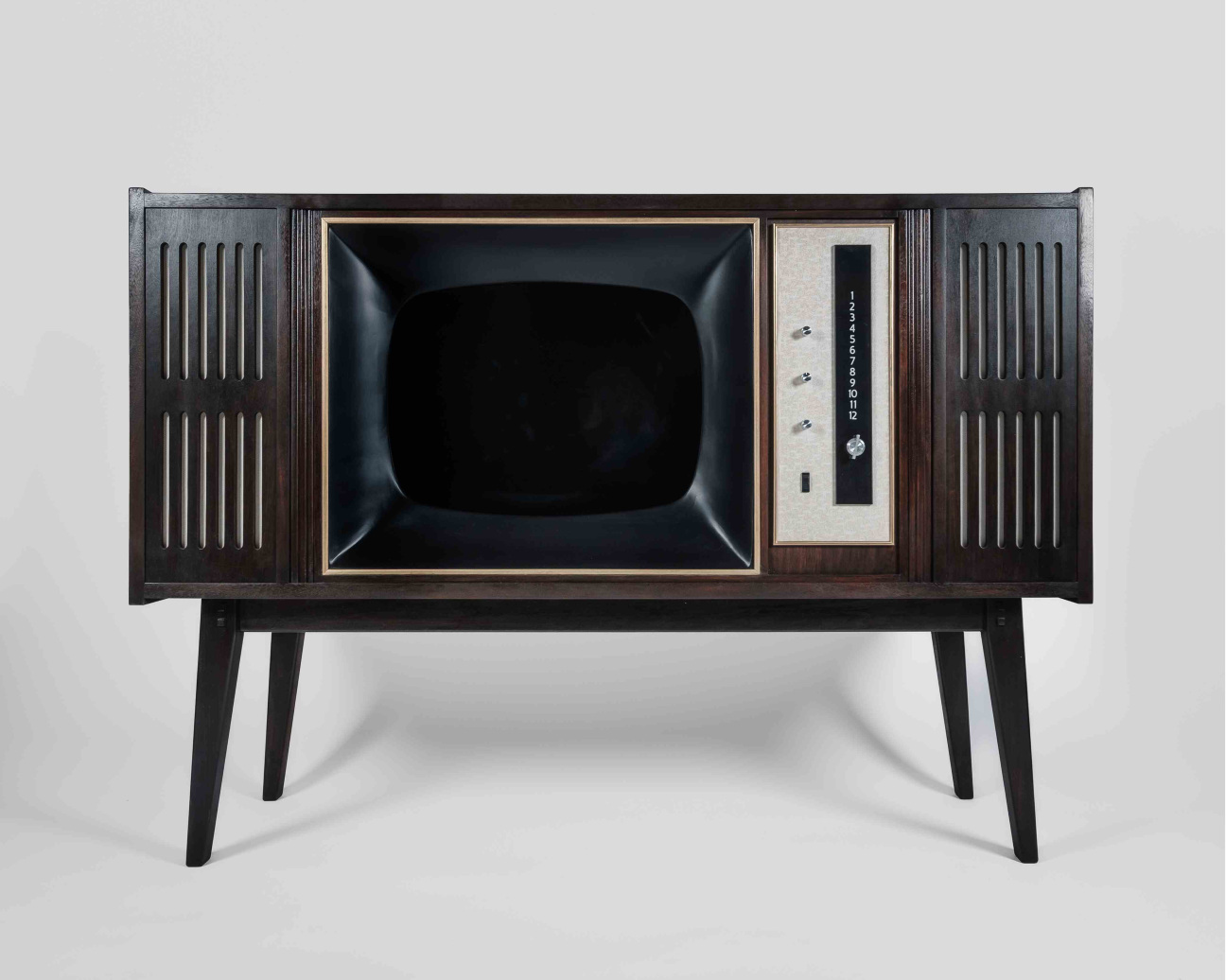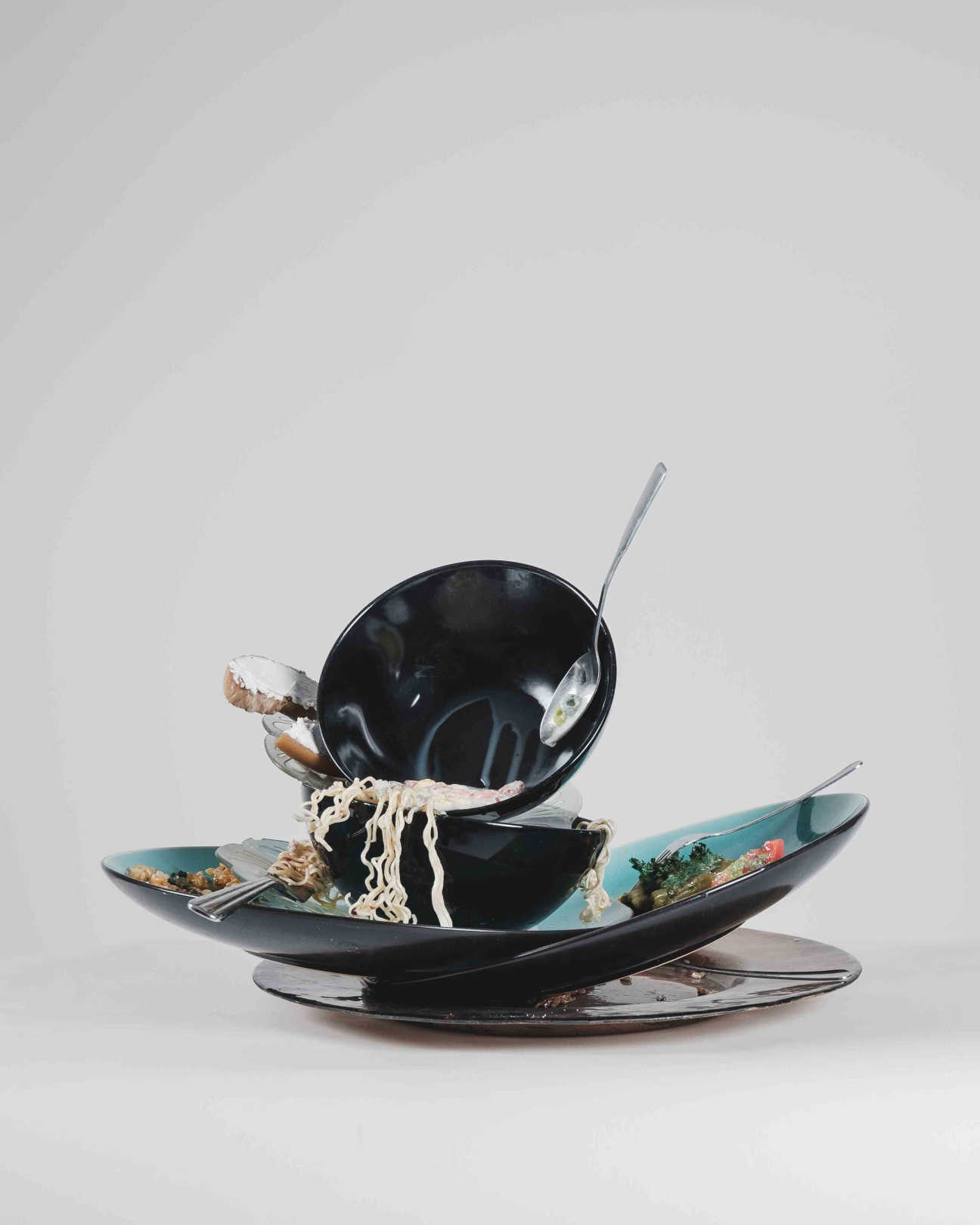
Kendalle Getty’s first exposure to art was in kindergarten. She would draw beside her older sister and admire her sibling’s ease. She wanted that for herself. As a teenager, she would discover that she was the daughter of Gordon Getty, composer and an heir to one of the most significant American empires, when her mother Cynthia Beck went to court to petition for her daughters to share the family’s name. More than two decades later, Kendalle harnesses the intensity of her history to make haunting and caustic sculptural, video, and audio interventions under the umbrella of “Hostile Home,” a multi-room installation. Several works from the collection will be included in a group show at Elijah Wheat Showroom this fall. The renegade artist also performs with Poetry Brothel, an immersive cabaret, and has worked on short films, including a recent music video for Glüme and Sean Ono Lennon. As the notorious family returned to the news cycle with the second installment of her father and late stepmother’s collection, “The Ann and Gordon Getty Collection,” hitting Christie’s this month, Kendalle called CULTURED to talk about her love of theory, making messy work, and being a part-time Getty.

CULTURED: Tell me about the projects you’re working on these days.
Getty: I'm still toiling away at “Hostile Home.” Right now, that involves crystallizing my last chair, a rather intense process that has led to much bloodshed. I've just finished my manticore. I'm working on a couple of paintings, and I'm also working on some video art for an installation pertaining to the show, as well as compiling a book of poetry, based on trauma and heartbreak and all that stuff.
I don't always make such personal work. In my senior year at New York University, I was in the senior honors studio program, and one of my teachers told me that my work wasn't personal enough. Over time, I realized it was because I was still holding so much inside. So, I decided to sort of exorcize the demons with “Hostile Home.” After this, I'm hoping not to make such trauma-based artwork anymore because I don't think it serves me past a certain point … I view my work as therapeutic, although certain pieces might do more harm than good. For example, the manticore sculpture with my mother's face plucked from a nightmare brought both tears and a sense of analytical safety.
CULTURED: What was the genesis for the “Hostile Home” project?
Getty: It has certainly been a dramatic undertaking. I conceived some of these artworks about 10 years ago, but I was in a creative freeze. As time went on, I thought about them more and more. In 2020, a year of big shifts, I had a lot of time for introspection. I lost a couple of family members and came across a distasteful article about my family and me. I decided it was my turn to tell my story. Instead of focusing on the “Getty” aspect, I decided to speak on what it was like to be raised by my mom and have one foot in each world.
I’m a part-time Getty. I get to stay with my dad in his beautiful home, where I eat delicious food, see plays, and have my needs met. This stands in stark contrast to living with my mother, who was supplied with enough privilege to meet our needs but was not able to do so due to other conditions. She's a fractured woman. So I started this project thinking a lot about my privilege and the difference between having a house and having a home.

CULTURED: Are there specific individuals, books, films, music, or other sources that inspire you when creating your work?
Getty: In terms of career arc, Leonard Cohen comes to mind. He started as a poet, explored different things, and in his thirties became a singer-songwriter with a tremendous impact. I also draw inspiration from artists like Pipilotti Rist, Maurizio Cattelan, Marina Abramović, and Louise Bourgeois. David Cronenberg, Roland Barthes, Julia Kristeva, and Susan Sontag also inspire me. I love reading theory, and the theorists inspire me almost as much as the artists do.
CULTURED: Are there any theories or ideas that feel particularly connected to your work?
Getty: I'm thinking a lot about semiotics, so the works of Jean-Paul Sartre and Roland Barthes have a lot to do with that. Julia Kristeva’s piece on approaching abjection and Craig Owens’s, “The Allegorical Impulse,” speak to me as well. I'm fascinated by the idea of changing the meaning of an object by placing it in a different context, be it through time or emotional projection.

CULTURED: The word “mess” comes to mind when looking at “Hostile Home” works. And being a public figure can also be messy. How do you dialogue with that?
Getty: The hostility inside families or environments with enormous privilege can be vast, and my work tries to reveal the mess, the complicated, knotty ways these things come together. I was also raised by an extreme hoarder, so I associate physical mess and clutter with certain very dark times. I've had to make peace with mess as an unavoidable aspect in my life and my creative process. Chaos is my collaborator, and nature is the best artist.
As a public figure, I focus on what I can control. I don't want to control others, even when faced with slander and defamation. Media creates its own kind of mess, and there's this public mess of learning about something in my family or life through the media, often without time to process it before dozens of people call to tell me the TMZ version. But instead of fighting it, I'm trying to move with it.
CULTURED: How do you bridge Kendalle Getty and Kendalle the artist?
Getty: There's a sense of conflict. There's pressure from being from a well-known family. I don't want to impact the image of my family negatively. But artists, as we know, are a bunch of weirdos, and it's hard for me to meet the cultural expectations. At times, I feel like I'm in character to make my dad proud, like at his music premieres. Then there are times when I get to be my authentic and deeply weird self. I have to be careful about when I choose to be who.
CULTURED: How do you want to be seen as an artist?
Getty: I want to be seen as daring, conceptual. I want to be seen as the kind of artist for whom limitations are a benefit. I want to be seen as a post-modern alchemist who can convert shitty experiences into gold.

CULTURED: “The Ann and Gordon Getty Collection” was up for auction at Christie’s this month. What is your relationship to collecting, and how do you feel about this auction?
Getty: I've just started a small collection of artworks. I'm considering purchasing a Scott Hove piece, but I want to keep it small in case I move back to New York. As for this auction, it's a sad story. I don't know each and every piece being sold, but it feels like the end of a long and glorious era. The emotional impact and value of these objects on my dad's offspring doesn't seem to be considered. It signifies a loss and feels like the process of preparing for death. When I saw the house after it had been emptied, it was a real shock to me. It doesn't resemble the house I knew and loved, but it's my dad's choice and I respect it.
CULTURED: What’s next for you?
Getty: In the near future, I'll be making art for a new feature film for my friend Glüme, who is a really talented, wonderful musician, and getting married! After that, perhaps I'll delve into theory.










 in your life?
in your life?

